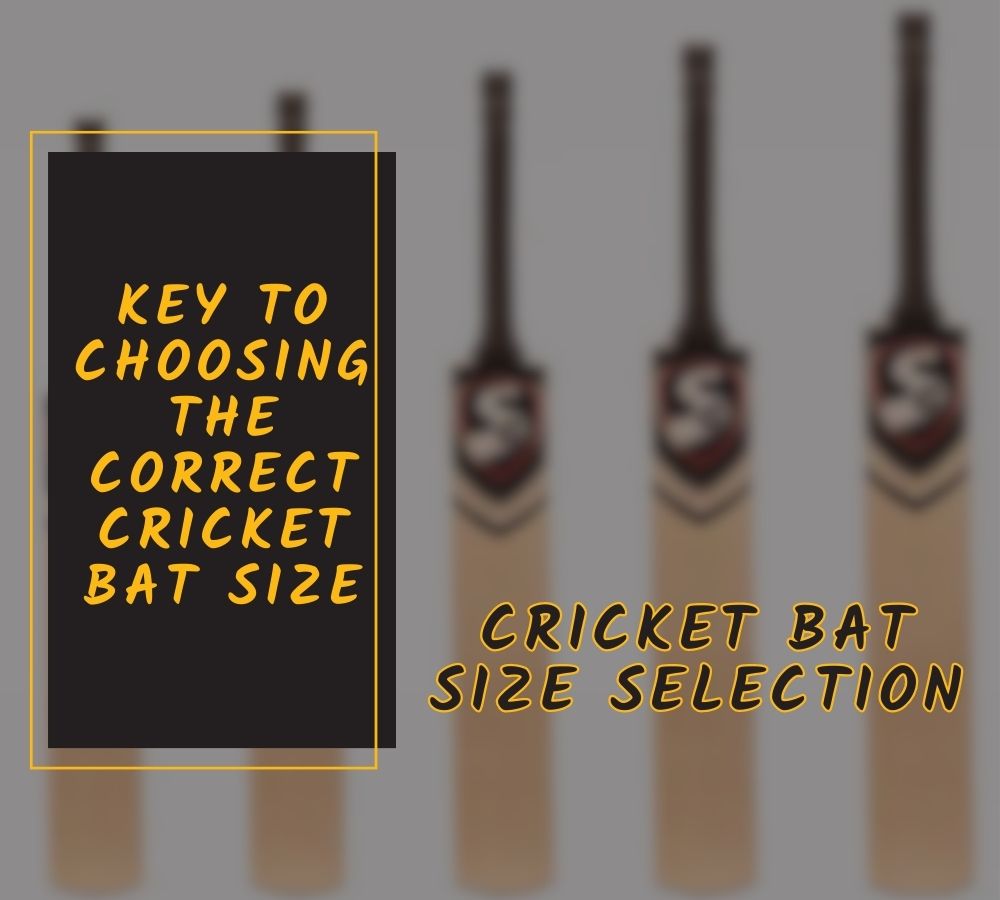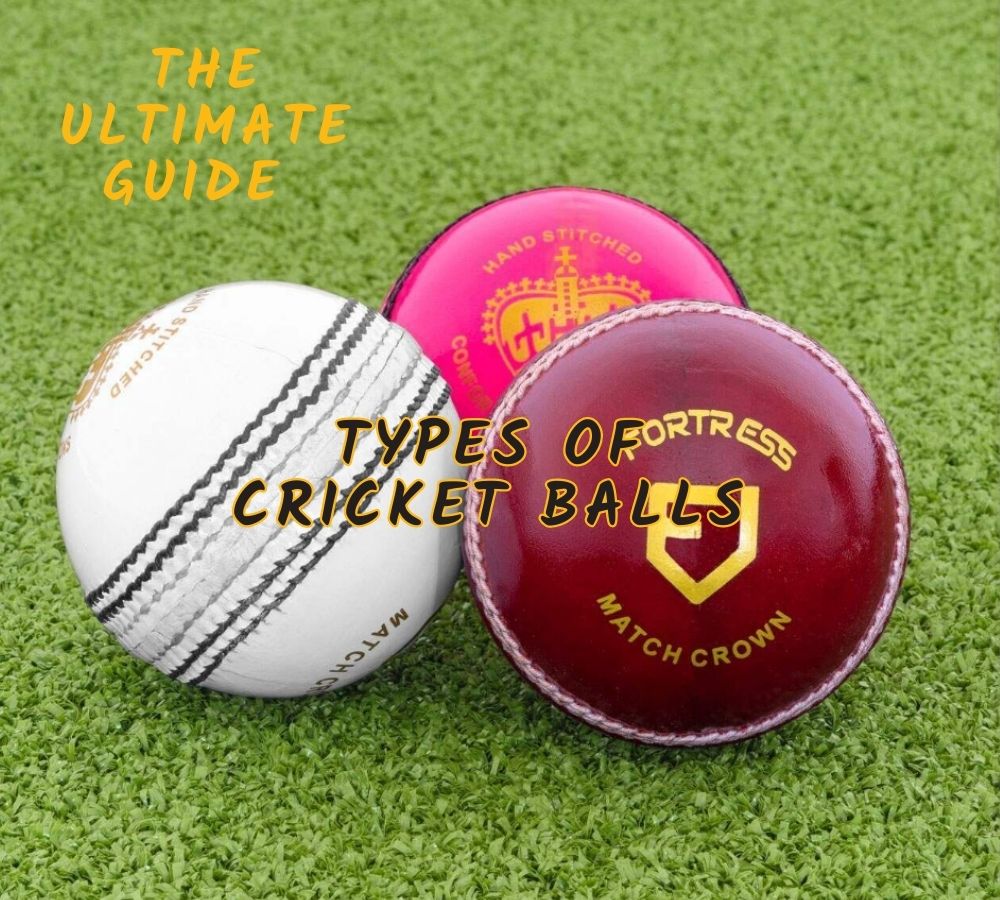Swing and seam bowling stand out as two mesmerizing facets that can turn the tide of a match.
While both methods aim to deceive and outwit batsmen, there exist fundamental disparities that set them apart.
Understanding the nuances between swing and seam bowling enables us to delve deeper into the minds of these masterful artisans of the pitch.
In this article, we embark on a journey to explore the disparities between swing and seam bowling, dissecting their mechanics and examining the factors that influence their effectiveness.
What is Swing Bowling?
Swing bowling, often referred to as the epitome of finesse, relies on the art of aerodynamics to manipulate the trajectory of the cricket ball.
The primary objective is to make the ball deviate from its conventional path through the air, thus challenging the batsman’s ability to judge line and length.
This elegant phenomenon, known as “swing,” can result in breathtaking displays as the ball arcs through the air, perplexing batsmen, and captivating spectators.
Physics Behind Swing Bowling
Swing bowling is a captivating display of the principles of physics and aerodynamics in action. It involves the artful manipulation of the cricket ball’s flight through the air, causing it to deviate from its expected trajectory.
The physics behind swing bowling revolves around the concepts of airflow, pressure differentials, and the Magnus effect.
- The key factor in swing bowling is the asymmetrical airflow around the ball as it moves through the air.
- The ball’s surface texture and seam orientation play crucial roles in creating this asymmetry.
- The seam acts as a rough edge, disrupting the laminar flow of air and causing it to separate on either side of the ball.
- The side with the rougher surface experiences a turbulent boundary layer, resulting in higher air pressure than the smoother side.
According to Magnus Effect, when the ball spins, it creates a difference in airspeed on the two sides of the ball due to the boundary layer separation. This difference in speed leads to a pressure imbalance, causing the ball to curve toward the spin.
By skillfully manipulating grip, release, seam position, and airflow, bowlers can harness these physics principles to generate swing.
What is Seam Bowling?
Seam bowling is a technique used in cricket by bowlers to make the ball deviate off the pitch and create movement. It involves manipulating the position and orientation of the seam on the cricket ball during delivery.
It relies on exploiting variations in the pitch conditions, such as cracks, rough patches, or changes in hardness. Combined with the seam position, these factors can cause the ball to move sideways, bounce unpredictably, or change its trajectory off the pitch. This movement adds an element of uncertainty and difficulty for batsmen, as they must adjust their timing and shot selection accordingly.
Skilled seam bowlers utilize a combination of seam position, grip, release, and bowling techniques to extract maximum movement from the ball.
Physics Behind Seam Bowling
The seam of the cricket ball plays a crucial role in seam bowling. When a bowler delivers the ball with the seam held upright or slightly angled, it creates a disturbance as the ball contacts the pitch. The seam acts as a pivot point, causing the ball to deviate off its intended path upon impact.
The irregularities on the pitch surface, such as cracks, patches, or variations in hardness, interact with the seam, resulting in unpredictable movement. The ball may deviate sideways, bounce unexpectedly, or change its trajectory off the pitch.
By carefully manipulating the seam position, pace, and condition of the pitch, seam bowlers can generate movement that challenges batsmen’s skills in reading line and length.
Key Differences Between Swing and Seam Bowling
Here are five main parameters that highlight the differences between swing bowling and seam bowling:
Movement
Swing bowling primarily focuses on the movement of the ball through the air. It involves generating lateral deviations in the ball’s flight path, either in-swing (moving towards the batsman) or out-swing (moving away from the batsman). Seam bowling, on the other hand, emphasizes the movement off the pitch. It aims to exploit irregularities on the pitch surface to generate unpredictable changes in direction, bounce, or seam movement.
Grip and Release
In swing bowling, the grip and release of the ball play a crucial role. Bowlers manipulate the seam, angle, and wrist position to induce swing through the air. Seam bowling relies on holding the ball with the seam upright or angled to exploit its interaction with the pitch surface upon release.
Aerodynamics vs. Pitch Interaction
Swing bowling relies heavily on aerodynamics to generate swing, specifically the principles of air pressure, airflow, and the Magnus effect. Seam bowling, on the other hand, focuses more on the interaction between the seam and the pitch surface, utilizing irregularities and imperfections to create movement.
Variability
Swing bowling is more affected by external factors such as atmospheric conditions (e.g., wind, humidity) and ball maintenance (e.g., shine, wear) that can enhance or diminish swing. Although influenced by pitch conditions, seam bowling allows bowlers to consistently generate movement by exploiting the seam’s interaction with the pitch.
Strategic Approach
Swing bowling requires precise control and an understanding of aerodynamics to manipulate the ball’s movement through the air. Bowlers strategize to deceive batsmen with swing variations and changes in line and length. Seam bowling, on the other hand, focuses on exploiting pitch conditions, making it a strategic choice based on the state of the pitch and its irregularities.
Comparison Table Between Swing and Seam Bowling
| Parameters | Swing Bowling | Seam Bowling |
| Main Focus | Ball movement through the air (lateral deviations) | Ball movement off the pitch (changes in direction, bounce, seam) |
| Grip and Release | Manipulation of grip, release, and seam position | Holding the ball with the seam upright or angled |
| Aerodynamics | Relies on aerodynamic principles (air pressure, airflow, Magnus effect) | Focuses on the interaction between the seam and pitch surface |
| Factors Affecting Movement | Atmospheric conditions, ball maintenance | Pitch conditions |
| Variability | Affected by external factors like wind and ball maintenance | More consistent, with movement generated by exploiting the seam and pitch |
| Strategic Approach | Deception through swing variations and changes in line and length | Exploiting pitch conditions and irregularities |
| Famous Players | Wasim Akram, James Anderson, Wasim Akram, Trent Boult | Glenn McGrath, Richard Hadlee, James Anderson, Courtney Walsh |
Conclusion
The art of bowling in cricket encompasses various techniques, each with distinct characteristics and strategies.
Among these techniques, swing and seam bowling stand out as fascinating aspects that showcase the mastery of the bowlers and the intricate interplay of physics on the cricket field.
Understanding the differences between swing bowling and seam bowling not only deepens our appreciation for the artistry of the bowlers but also sheds light on the complex interplay of physics, strategy, and skill in the game of cricket.
Whether it is the grace of swing or the intrigue of the seam, these bowling techniques exemplify the brilliance and diversity within the sport, captivating fans and leaving us in awe of the incredible talents of these bowlers.




